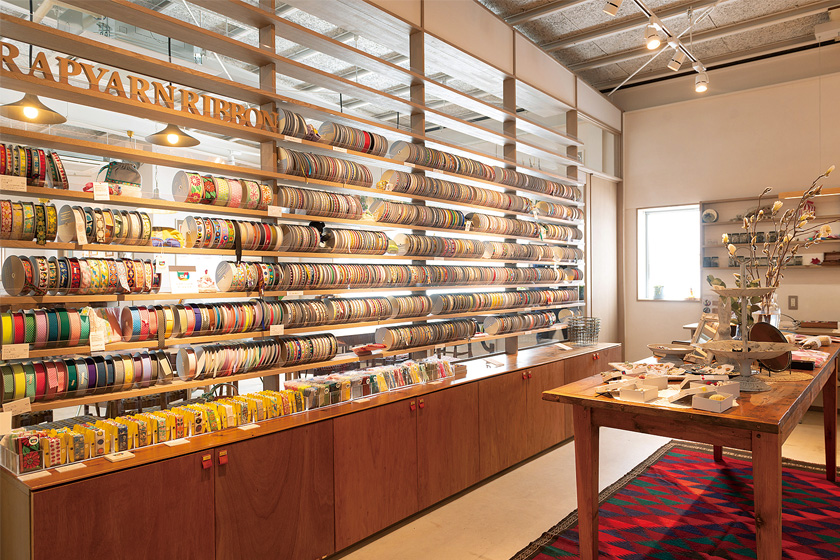Rapid Prototyping with 3D Printing: Speed Meets Precision
작성자 정보
- Velda 작성
- 작성일
본문
The advent of 3D printing has transformed the way product teams, innovators, and CAD professionals create prototypes. Once, fabricating a real-world version of a design often required extensive lead times, third-party machining, and lengthy tooling cycles. Now, thanks to additive manufacturing, a concept can be turned into a tangible prototype in just hours. Speed and precision now go hand in hand.
Advanced 3D printing systems provide fine-detail output, near-machined surfaces, and multi-material support, including engineering grade plastics, flexible filaments, スリッパ and even metals.
A key benefit of additive prototyping is the ability to rapidly cycle through design versions. A tweak to the model can be printed and evaluated before lunch. This quick-turn environment empowers teams to validate ergonomics, assembly, and performance repeatedly. Instead of locking in expensive tooling before final validation, companies can afford to explore multiple versions without significant financial risk.
Modern printers produce prototypes capable of true functional evaluation. Parts can be engineered to match the stress response and durability of mass-produced equivalents, letting teams evaluate load tolerance, fatigue resistance, and fitment prior to full-scale manufacturing. This reduces the chance of costly errors later in the development cycle. Additionally, complex geometries that would be impossible or prohibitively expensive to produce using traditional methods can be printed with ease, opening up new possibilities for innovation.
3D printing has become far more approachable. Desktop models are now affordable for small businesses and individual makers. While industrial grade machines continue to improve in precision and throughput. Integrated platforms enable one-click printing from any device, anywhere.
Consequently, sectors ranging from medical devices to aerospace to smart gadgets are adopting 3D printing not just as a tool for prototyping, but as a core part of their product development strategy. Shortening the prototype-to-product path drives competitive advantage, cuts expenses, and unlocks bold new designs. Anyone creating physical goods today cannot afford to ignore this transformative technology.

관련자료
-
이전
-
다음
